Trying to live a more eco-friendly lifestyle is admirable, but it’s easy to make mistakes along the way. From misusing recycling bins to buying products that aren’t truly sustainable, even well-meaning choices can sometimes do more harm than good. Many people focus on big changes while overlooking small habits that make a difference. Simple misunderstandings about what’s actually eco-friendly can lead to ineffective actions. Being more mindful of these common errors can help you make better, greener choices.
Ignoring Local Recycling Rules
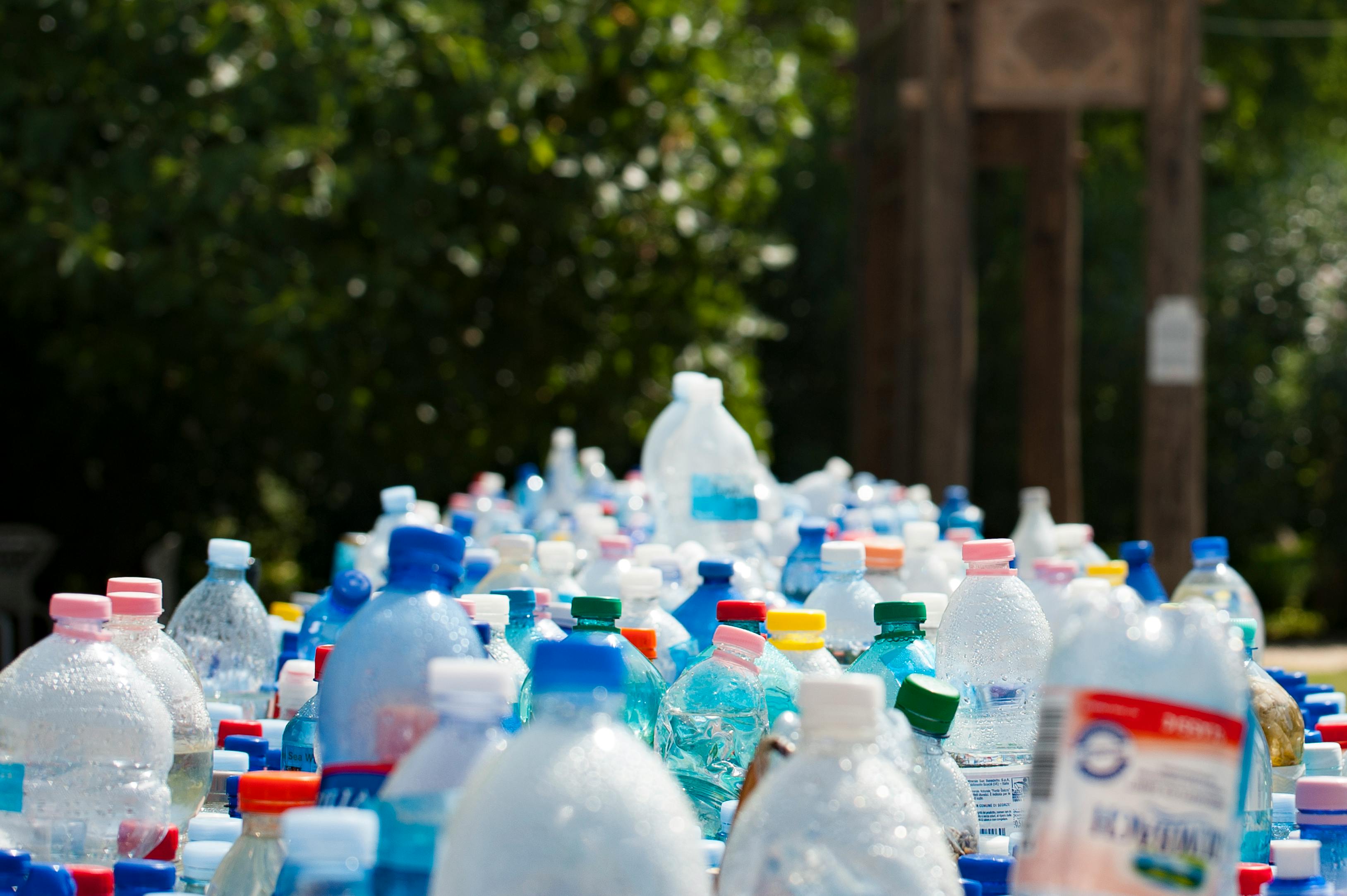
Recycling seems simple, but local rules vary, and not following them can lead to contamination. Items like greasy pizza boxes or plastic bags often end up in the wrong bins. To avoid this, check with your local recycling program about what can and can’t be recycled. Following the right guidelines ensures that recyclables are properly processed, reducing landfill waste. It also helps cut down on the energy needed to sort out non-recyclable materials, improving overall efficiency.
Over-reliance on Single-use “Eco” Products
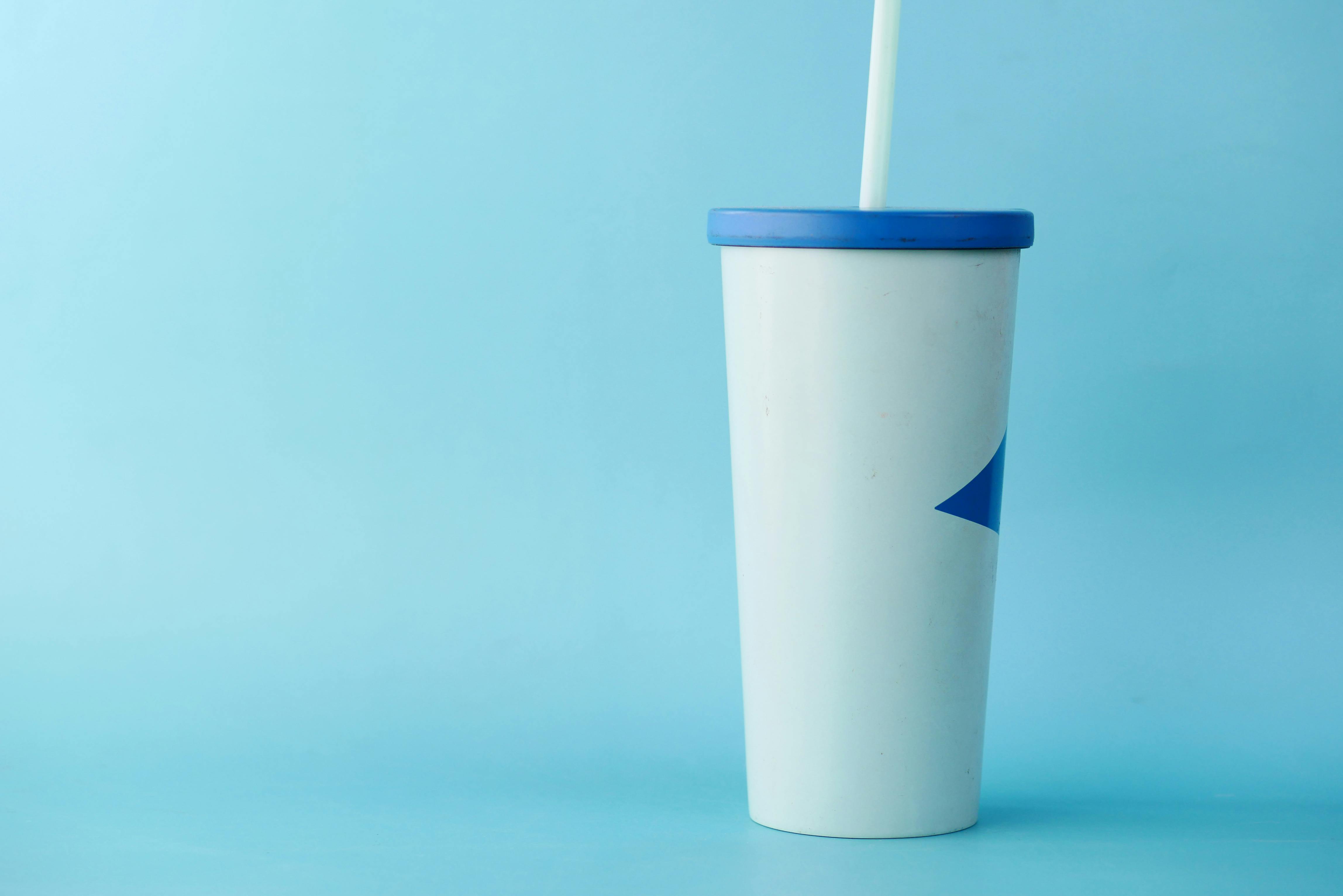
Many products are marketed as eco-friendly, but single-use items, even if biodegradable, can still have a big environmental impact. A better alternative is opting for reusable products like metal straws or cloth bags. Avoiding single-use items reduces the amount of waste that ends up in landfills or oceans. Reusable items are typically more durable, cutting down on both resource consumption and waste. Over time, this leads to less pollution and a smaller carbon footprint.
Assuming All Plastics Are Recyclable

Not all plastics are recyclable, but many people assume they are, leading to contamination in recycling systems. To avoid this, always check the plastic type before recycling. Ignoring this step means more waste in landfills, as non-recyclable plastics can ruin batches of recyclables. By being mindful, you help reduce the energy needed to process recyclables and keep plastic waste out of the ecosystem. It ensures that only appropriate materials are being repurposed into new products.
Buying “Green” Products without Research
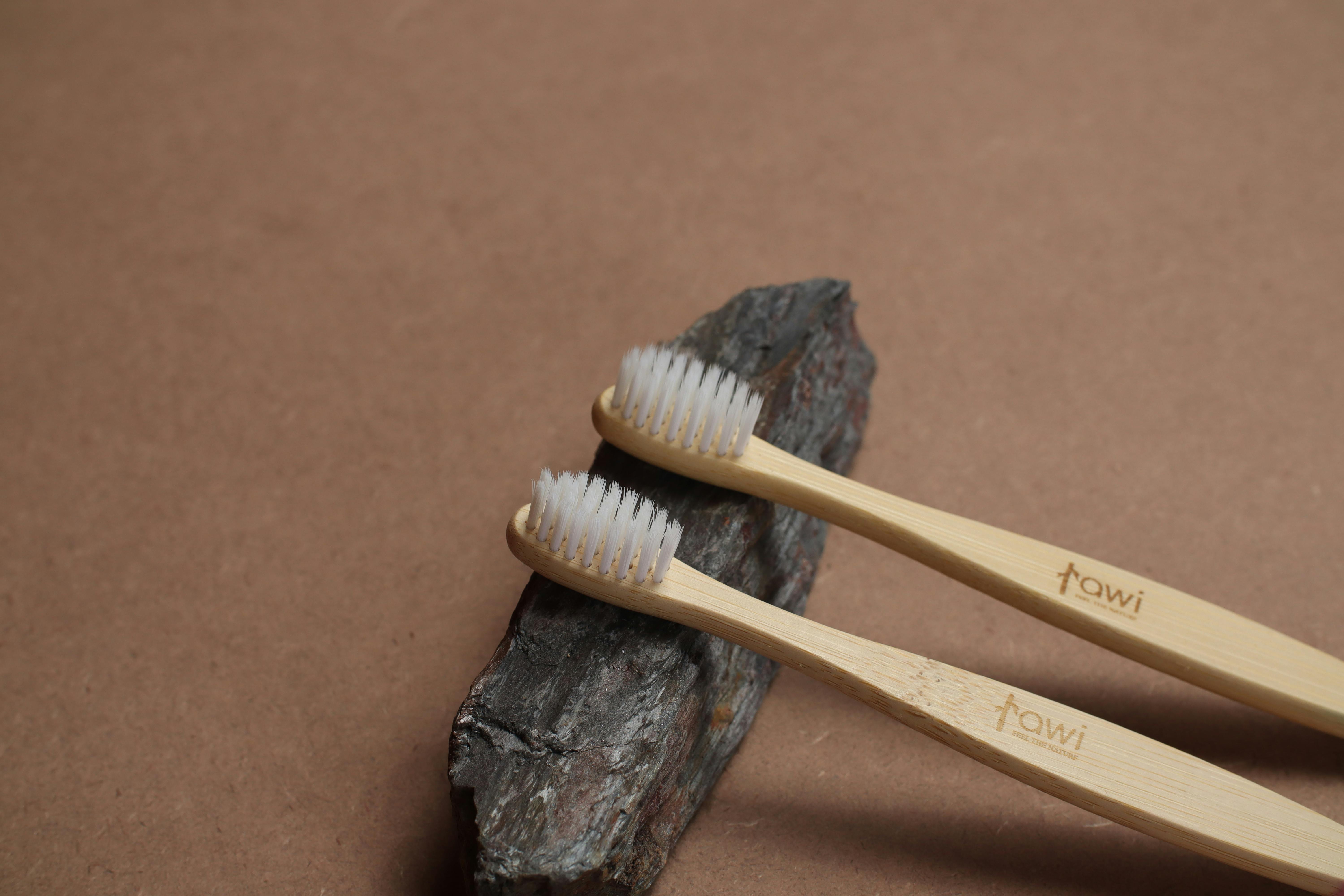
Many products claim to be eco-friendly, but some are just cleverly marketed without real benefits. Always do your research before buying something with a green label. Reading reviews or checking certifications can help you avoid falling for greenwashing. When you choose truly sustainable products, you reduce harmful environmental practices like deforestation or overfishing. This helps protect ecosystems and supports companies that prioritize sustainability.
Driving to Eco-friendly Stores or Markets

It’s great to support eco-friendly shops, but if you’re driving long distances to get there, you might be offsetting the benefit. Consider walking, biking, or carpooling when possible. Reducing your driving habits cuts down on carbon emissions, which contribute to climate change. It also helps reduce traffic congestion and air pollution in your local community. Even small changes in transportation can have a big impact on your overall carbon footprint.
Using Energy-efficient Appliances Incorrectly

Energy-efficient appliances can save energy, but only if used properly. Overloading a dishwasher or using cold water in an inefficient washing machine can cancel out the benefits. Be sure to follow the manufacturer’s guidelines for the most efficient use. Using appliances correctly ensures they run at their most efficient, saving energy and lowering greenhouse gas emissions. This simple change helps conserve resources and protects ecosystems from the harmful effects of energy production.
Not Turning Off Devices When Not in Use

Even in standby mode, electronic devices continue to use energy. Instead of leaving them plugged in, turn them off or unplug them completely when not in use. Avoiding this mistake helps lower your energy consumption, reducing your home’s overall carbon footprint. It also prolongs the life of your electronics by preventing overheating or wear from constant energy flow. This simple habit conserves energy and reduces strain on power grids, helping protect natural resources.
Thinking “Organic” Means Eco-friendly

Just because something is labeled organic doesn’t mean it’s automatically eco-friendly. Some organic products can still have a large carbon footprint due to transportation or inefficient farming practices. To avoid this mistake, look for locally sourced organic products when possible. Choosing local reduces transportation emissions and supports sustainable farming practices in your area. This helps keep ecosystems in balance by reducing pollution and conserving local wildlife habitats.
Using Too Much Water in Everyday Activities

Many people use more water than necessary during daily tasks like showering or washing dishes. To cut back, try simple fixes like shorter showers, turning off the tap while brushing your teeth, or using a water-saving nozzle. Reducing water use helps preserve this valuable resource and prevents the depletion of local water sources. Conserving water also reduces the energy needed for water treatment and distribution, benefiting the environment.
Forgetting About Hidden Carbon Footprints in Food

People often focus on recycling and energy use, but food choices can have a huge carbon footprint. Reducing meat and dairy consumption can make a significant difference, as these industries require vast amounts of water and land. Opt for plant-based meals more often to lower your carbon footprint. This small dietary shift helps reduce greenhouse gas emissions and deforestation, promoting healthier ecosystems. It also conserves resources like water and grain that are used in high quantities in meat production.
Misusing Compostable Products
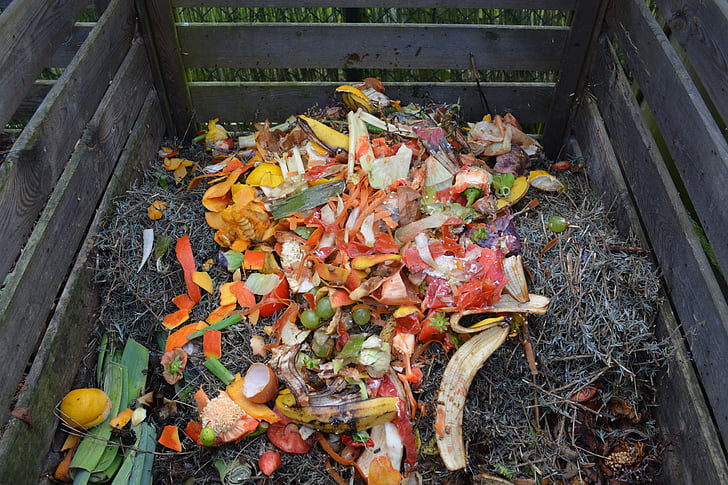
Compostable products only break down properly under certain conditions, which often aren’t met in regular trash systems. To avoid this mistake, either compost at home or find facilities that accept compostable materials. When compostable products end up in landfills, they may produce methane, a harmful greenhouse gas. Composting correctly ensures that these products break down naturally, enriching the soil instead of harming the environment. This process supports healthier ecosystems and reduces waste.
Thinking Solar Panels Are Maintenance-free

Solar panels are a great way to reduce energy consumption, but they still require occasional maintenance. Dirt, debris, or snow buildup can block sunlight, making them less effective. Regularly cleaning and checking your panels ensures they operate at peak efficiency. Keeping them in good condition maximizes energy production, reducing your reliance on fossil fuels. This not only saves you money in the long run but also helps protect the environment from harmful emissions.
Relying on Chemical Cleaners That Claim to Be Eco-friendly
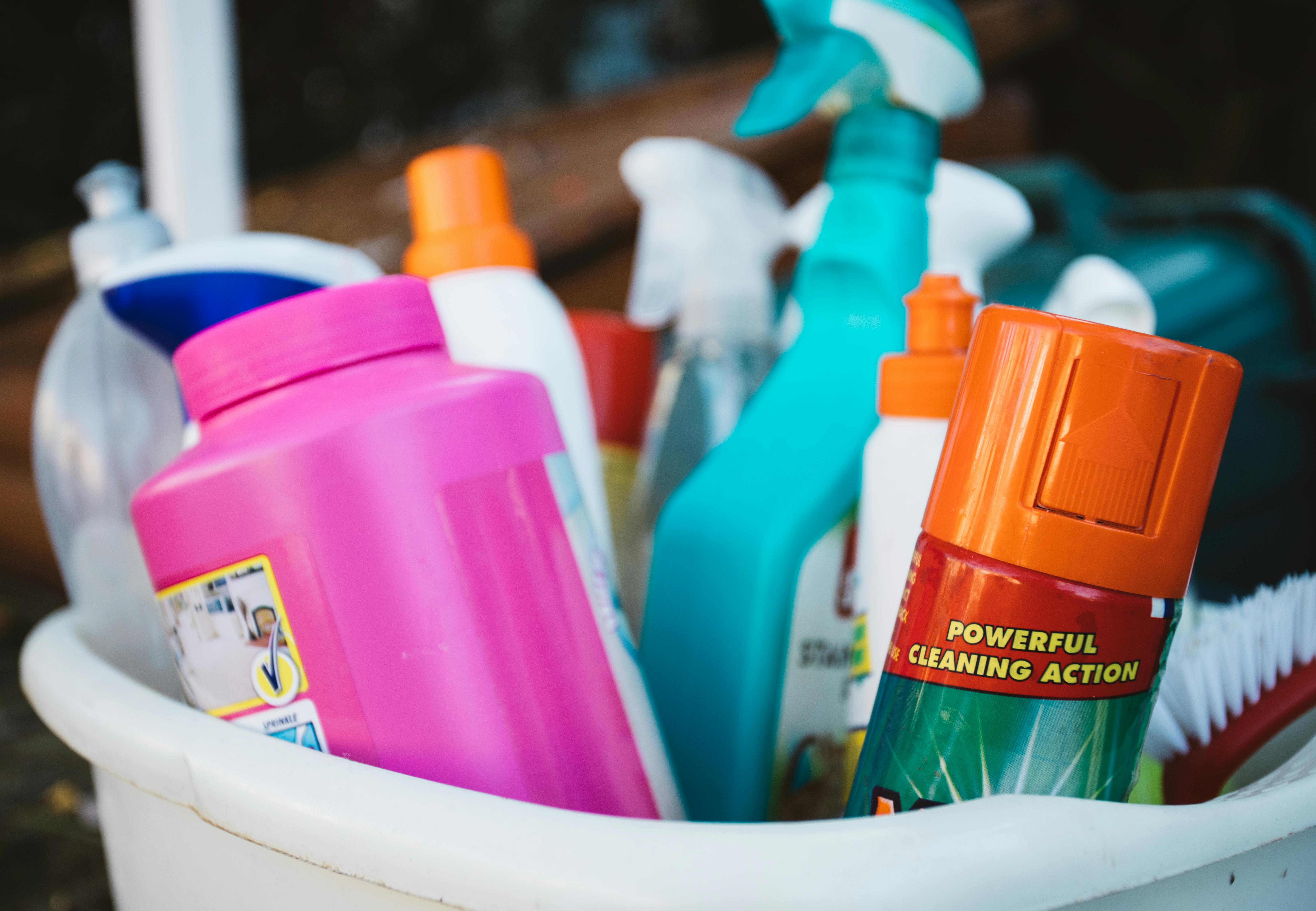
Many eco-friendly cleaning products still contain harsh chemicals that can harm the environment when washed down the drain. To avoid this, opt for natural alternatives like vinegar or baking soda. These options are just as effective without the harmful side effects. By choosing safer products, you help protect waterways and wildlife from chemical contamination. It also improves indoor air quality, benefiting both your health and the planet.
Overlooking Secondhand or Upcycled Goods

Buying new items, even if eco-friendly, isn’t always the most sustainable choice. Secondhand or upcycled products reduce the demand for new resources and keep older items out of landfills. When you choose pre-owned goods, you help conserve raw materials and energy used in manufacturing. This small shift lowers your carbon footprint and reduces waste, making a positive impact on the environment. Plus, it can save you money while supporting local thrift shops and artisans.
Planting Invasive Species in Your Garden
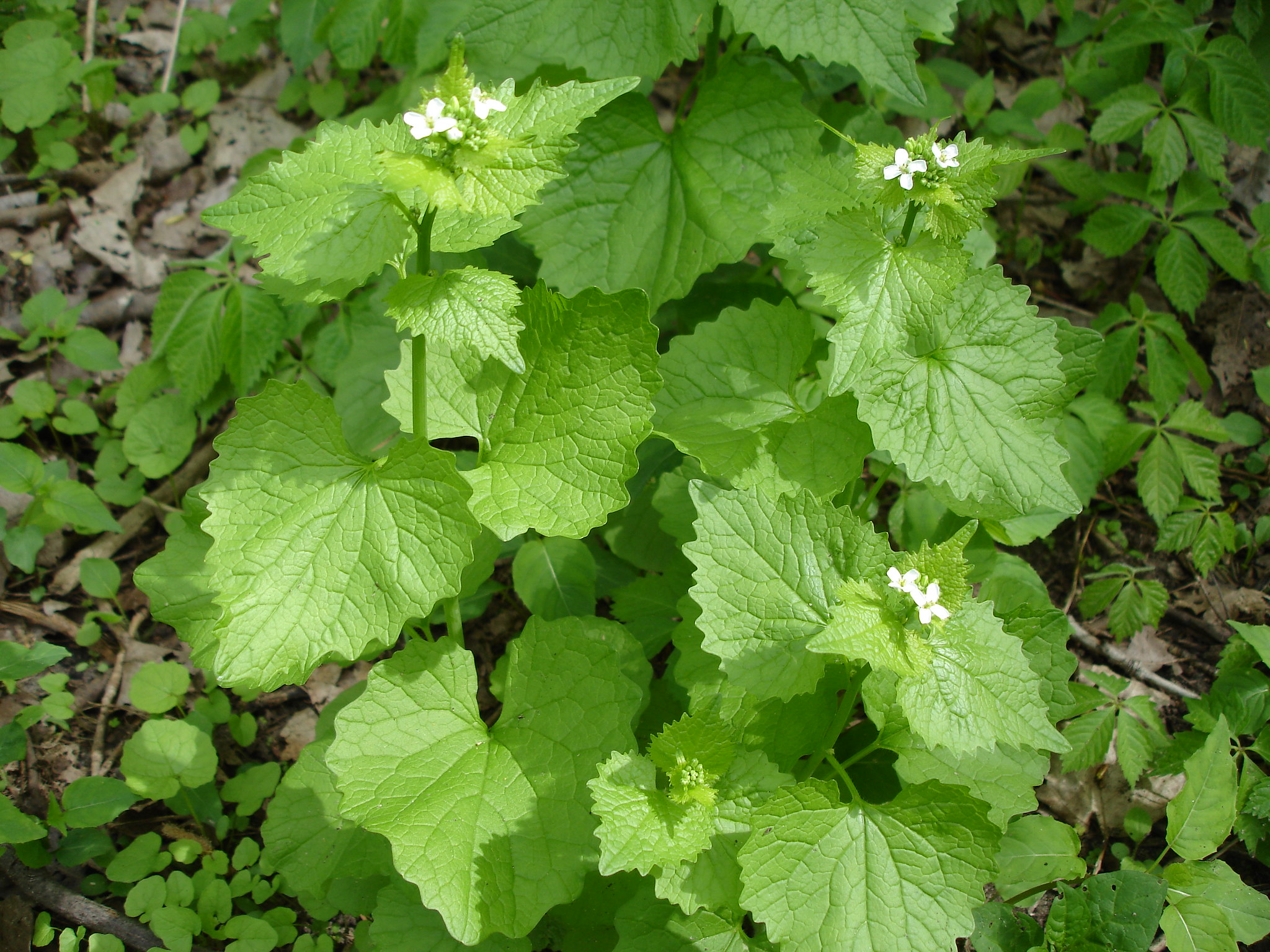
It’s tempting to choose plants based on looks, but non-native species can disrupt local ecosystems. These plants can outcompete native species, leading to a loss of biodiversity. To avoid this, research native plants that thrive in your area. Native plants support local wildlife and promote a balanced ecosystem. They also tend to require less water and care, making them a more sustainable choice for your garden.
Assuming Energy-efficient Homes Are Fully Sustainable

Energy-efficient homes are a step in the right direction, but they can still waste resources if not properly maintained. Leaks, inefficient windows, or poor insulation can reduce the benefits of an energy-efficient design. Regular maintenance ensures that your home uses the least amount of energy possible. This not only lowers your utility bills but also conserves energy and reduces emissions. A well-maintained home can make a big difference in your overall environmental impact.
Believing Offsets Solve Everything
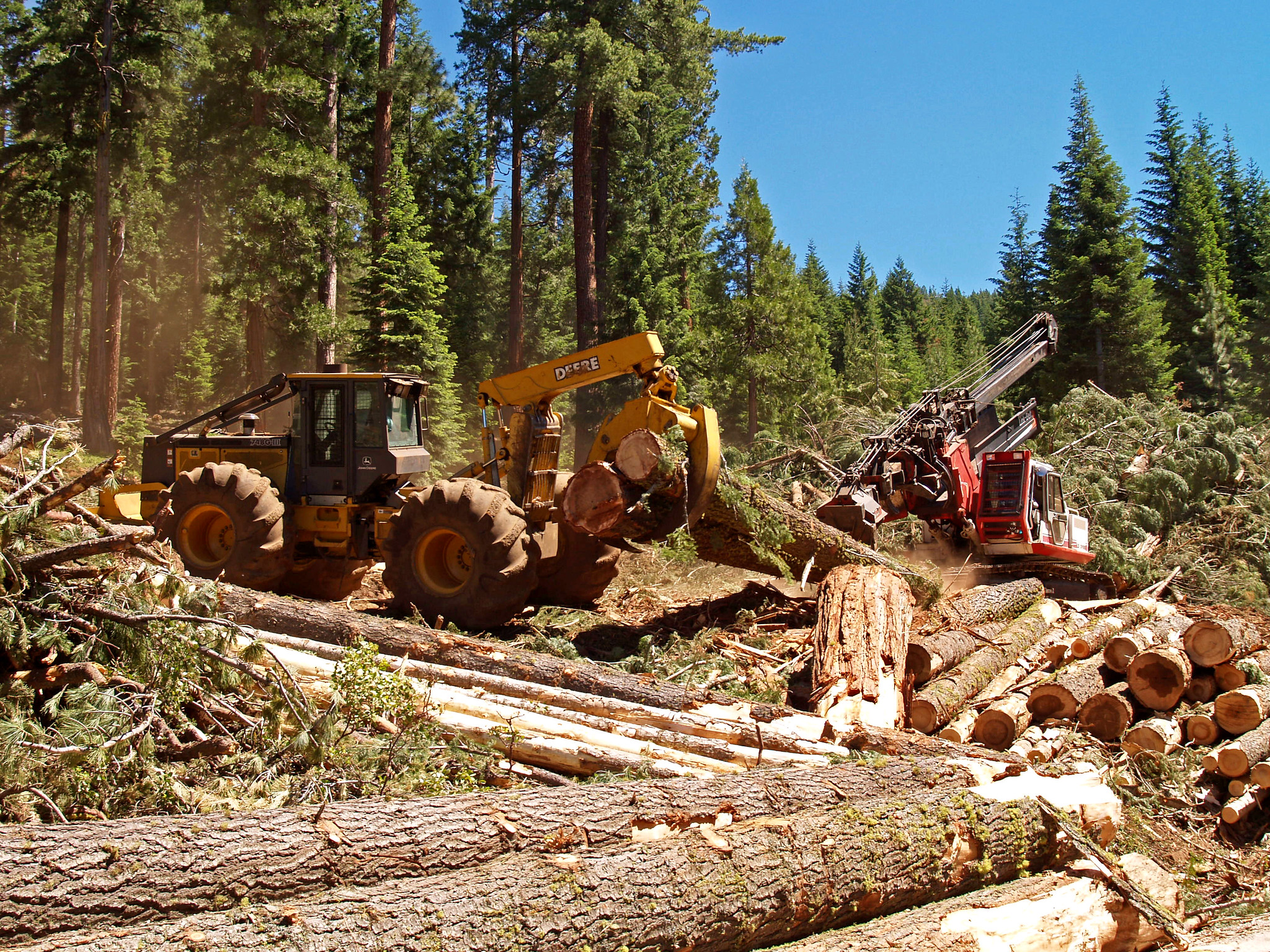
Carbon offsets can be useful, but they aren’t a solution to every environmental problem. Offsets should be part of a broader effort to reduce your footprint, not a way to justify excessive consumption. Instead of relying solely on offsets, focus on cutting down your energy use and waste. Reducing your footprint directly has a more immediate and tangible impact on the environment. Offsets can then be used to complement these efforts, but they should never be a substitute for real change.
Overlooking the Power of Advocacy
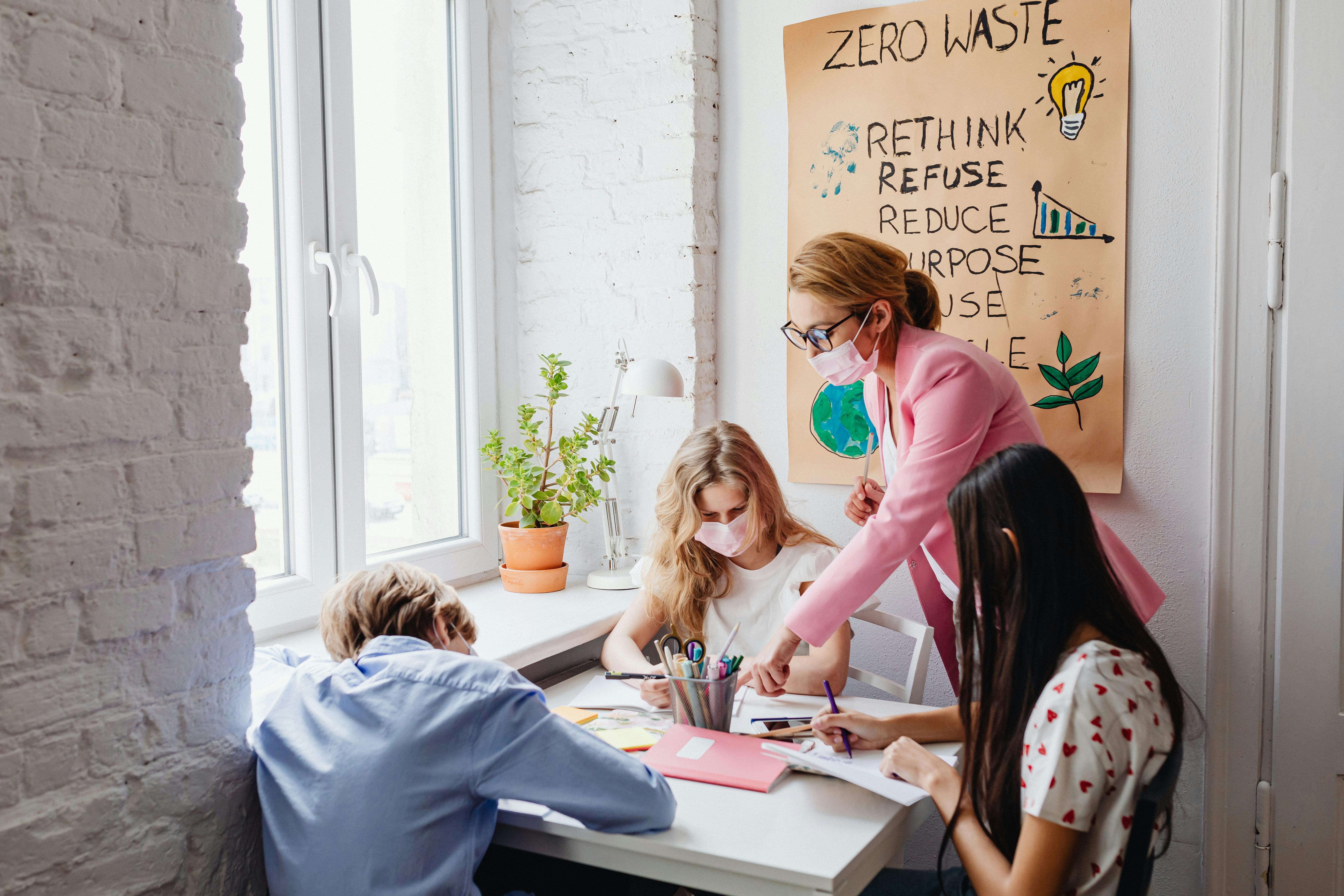
Many people focus on personal changes but forget that larger-scale actions, like supporting environmental policies or joining local advocacy groups, can make a big impact. Avoid the mistake of thinking your voice doesn’t matter. By advocating for systemic change, you help push governments and companies toward more sustainable practices. This creates a ripple effect, improving environmental policies and protecting ecosystems on a larger scale. Advocacy ensures that your eco-friendly efforts extend beyond your personal lifestyle choices.
This article originally appeared on UnifyCosmos.
More from UnifyCosmos
18 Tips for Layering Skincare Products for Maximum Effect

Layering skincare products properly can make a significant difference in how effective they are. Applying them in the right order ensures that each product works to its full potential, giving your skin the care it needs. Read More
17 Travel Shoe Options That Don’t Compromise on Style

Traveling often means packing light, but that doesn’t mean you have to leave style behind. Choosing the right shoes can be tricky, especially when you need comfort for walking and a polished look for dining out. Read More
16 Makeup Trends from the Early 2000s Making a Return

The early 2000s were a time of bold experimentation in makeup, and many of those trends are making a strong comeback today. From glossy lips to frosted eyeshadows, these looks are being reimagined for the modern era. Read More
Leave a Reply